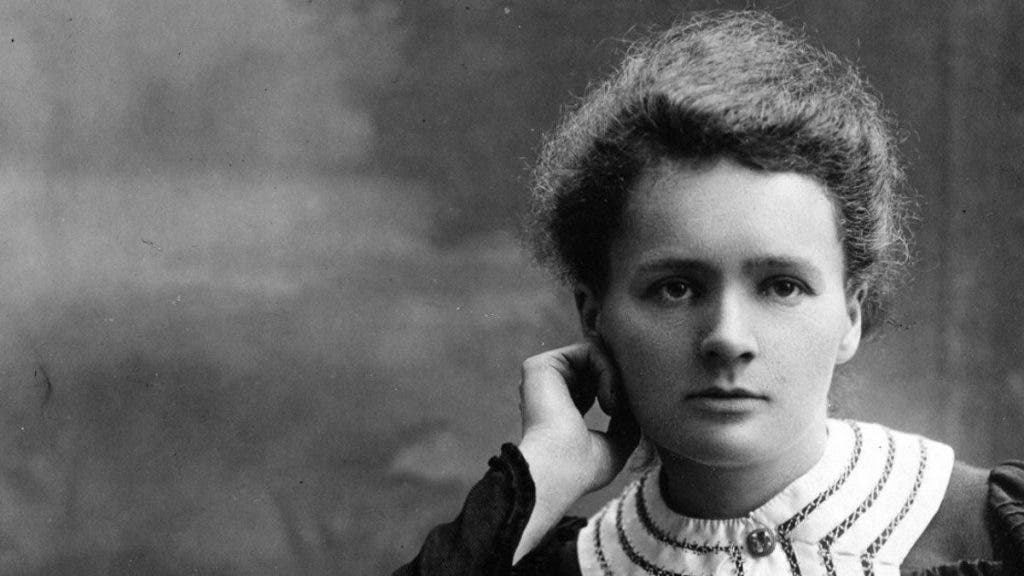
In 2014, 32 percent of adult men and 31.9 percent of adult women had completed at least four years of college in the United States. That’s a huge percentile of the population when you keep in mind this figure was under four percent before America joined WWII for both genders.
And in the 19th century, both in the United States and the old continent, higher education was reserved for a fraction of the population — either the absolute best and brightest or the wealthiest — the 0.1% if you will. Actually, make that 0.05% because women rarely, if ever, were allowed to attend colleges.
In Poland, this situation coupled with the political climate of the time led to the founding of an underground movement where education was made with no consideration for race, gender or political affiliation.
Prohibition of higher education and the black market that followed this demand
In the 19th Century, life in Poland wasn’t easy. Following the 1815 Congress of Vienna, the country was divided between Prussia, Russia, and Austria. Prussia took the western and northern parts of Poland, Russia took the center and east while Austria kept Galicia.
As was the common political practice during these colonial times, great efforts were directed to strip conquered people of their national heritage and culture, to be replaced with that of the overlords.
History books were changed to fit a certain rhetoric and access to higher education became very difficult unless you had a record that pleased the authorities. That’s if you were a man. Women weren’t allowed to enroll in higher studies past high school at all.
But when there’s a demand, there will always be a supply despite any prohibition. This is also true for education, and in the late 1800s, Polish scholars initiated a brave underground movement in which courses were taught clandestinely — anything from philosophy or arts to science.
Initially, these were very informal, small meetings held in private homes. Because the meetings, first staged in Warsaw, had to be moved from location to location frequently to avoid the watchful eye of the authorities, these meetings became known as “Flying” or “Floating” Universities.
One of the most famous Flying University alumni was Marie Curie, then Marie Sklodowska, who later went on to earn two Noble Prizes for her landmark work on radioactivity.
“I was only fifteen when I finished my high-school studies, always having held first rank in my class,” Curie wrote of those years. “The fatigue of growth and study compelled me to take almost a year’s rest in the country.”
Because Marie wasn’t accepted to Warsaw University, which had a men-only policy, she enrolled in one of the Flying Universities along with her sister Bronislawa (known as Bronya).
“Maria would work as a governess to help pay for Bronya’s medical studies in Paris. As soon as Bronya was trained and began to earn money, she would help cover the costs of Maria’s university training,” according to an AIP article.
The first Flying Universities courses were held in Warsaw in 1882, but as times passed the organization became better and better. Small tuition fees were collected which were used to pay for utilities, teacher compensation, and even a small library. Everything was illegal, of course. By 1890, 5,000 men and women had completed studies at the Flying Universities.
This sort of establishment lasted until 1905 when greater liberties were granted. In 1920, the Flying University officially metamorphosized into the Free Polish University — an official academic institution with full colors.
Then, a disaster for Polish academia struck once more. In 1939, the Nazis invaded and conquered Poland. All universities in the country were closed because the Nazis were interested only in keeping the Poles as a subordinate, servant race, trained only in manual, certain technical, and menial occupations.
Naturally, underground high schools were formed which supplied students to underground universities based on the Flying Universities model which was supplied with textbooks and teaching material from underground publishing houses. Pope John Paul II studied at such a school during these turbulent times.
After the war, Poland became a Soviet satellite state. Universities were open, but access to higher education was highly controlled, as was the curriculum. Unfortunately, the Soviets were far less forgiving of underground schools and made numerous crackdowns. People were tortured and imprisoned. But Flying schools still operated with varying degrees of oppression throughout Poland’s communist rule.
It was only after communism fell in 1989 that true academic freedom was offered to the Polish people. Now, over 500 colleges and universities operate in the country. So, next time you feel like complaining about exams or how school seems useless, remember some people lost their lives for the right to be educated.





